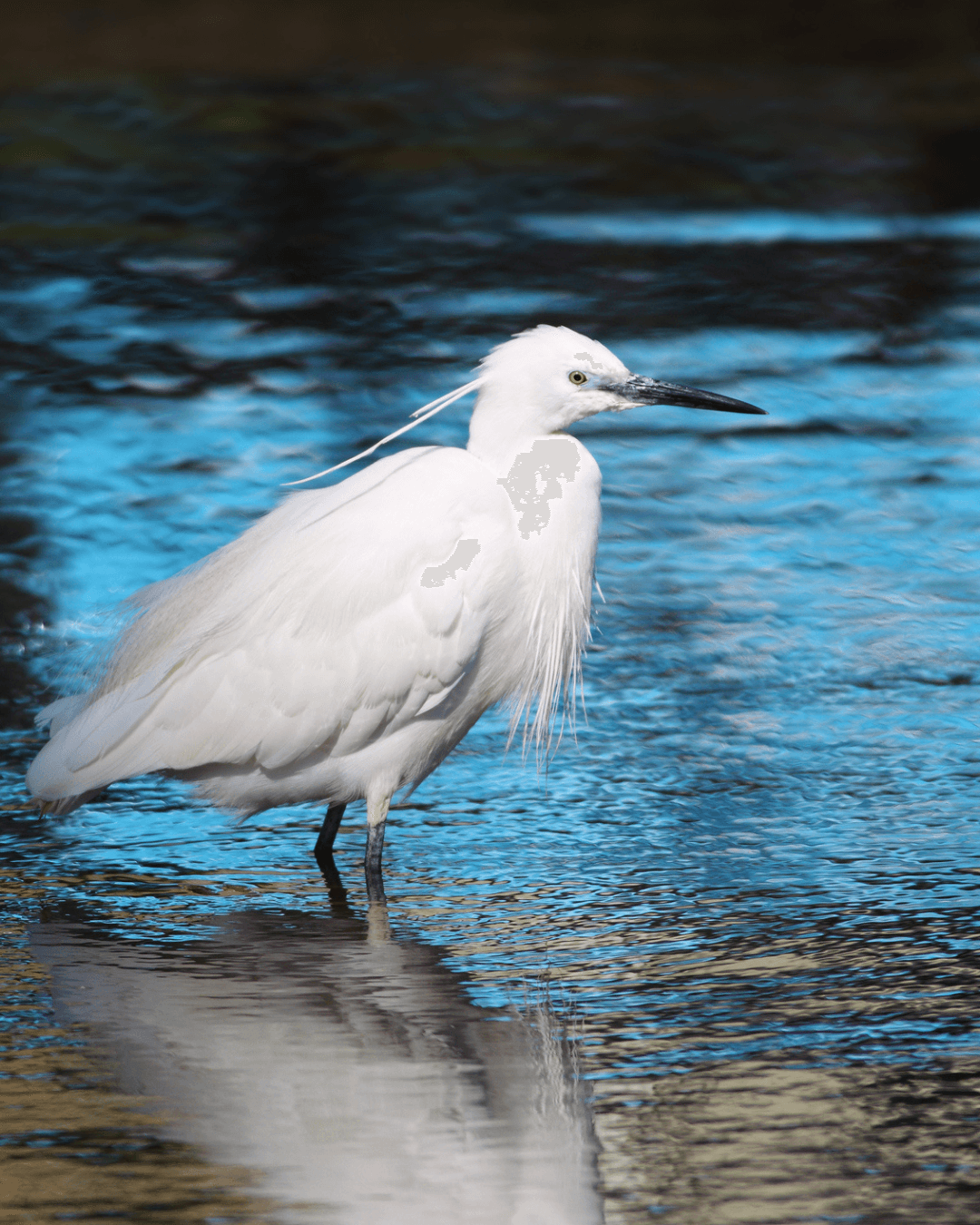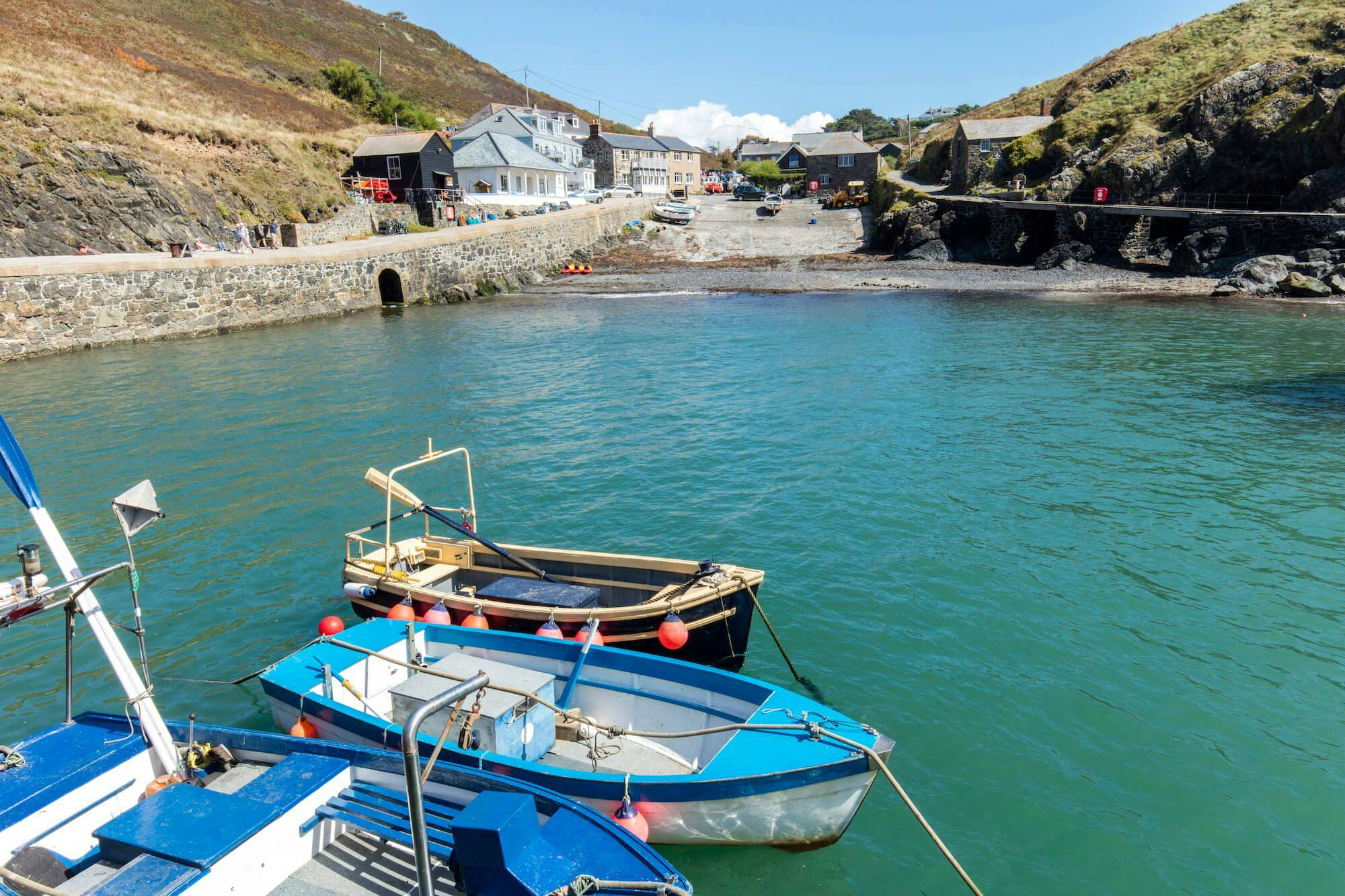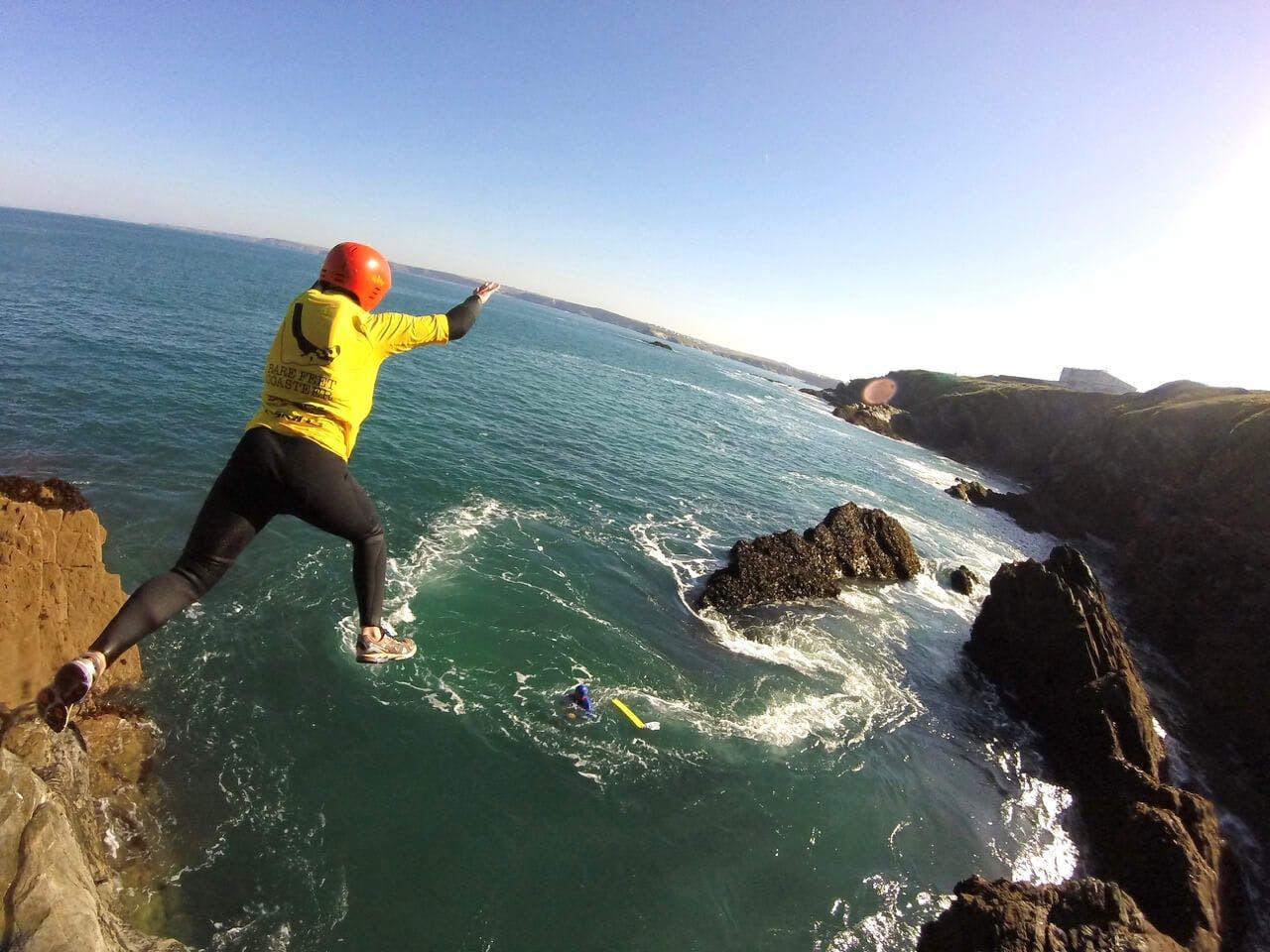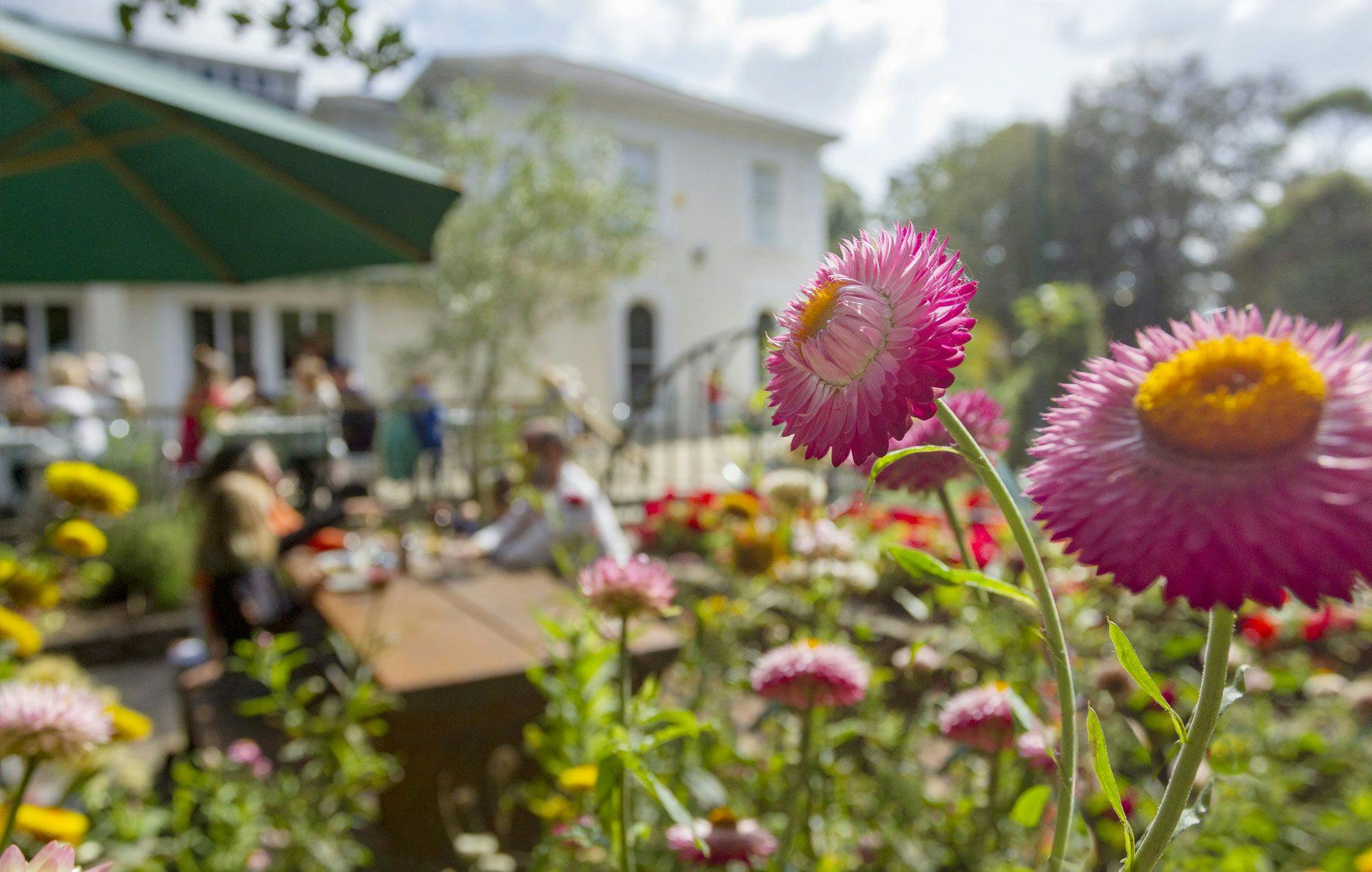Close encounters - Cornwall's wildlife
For all your careful planning, it's often something as simple and unexpected as a brush with nature that really brings a holiday to life...
Part of the beauty of nature is its unpredictability, that's why a close encounter is such a thrill. Here in Cornwall you can improve your chances of having a 'close encouter' by heading to a Nature Reserve or a Voluntary Marine Conservation Area (VMCA), where the local community works together to protect the marine environment and help visitors to make the most of it.
You never know what you'll spot at one of Cornwall's five specially protected Voluntary Marine Conservation Areas (VMCA), but it's always worth taking your binoculars, or a mask and snorkel if you're prepared to get wet!.
Helford
The beautiful Helford Estuary, on the west side of Falmouth Bay is like no other place on Earth. 47km (29 miles) of shoreline features everything from exposed rocky shores at the mouth of the estuary to the tree lined muddy creeks, including the famous Frenchman's Creek, as the estuary narrows.
You can see: pristine native woodland, herons and little egrets, grey seals...
If you're lucky: Ospreys migrate through the Helford area most years and pipefish (relatives of the seahorses) can be found swimming around the eelgrass beds off of Durgan beach.
St Agnes
On Cornwall's rugged north coast, the St Agnes VMCA covers everything from the former port at Trevaunance Cove, where low tide reveals a world of opportunities to explore in rock pools and caves at the foot of dramatic cliffs, to the wild seas that batter the coastline and provide regular sightings of porpoises and dolphins.
You can see: Rockpools full of limpets, sea anemones and prawns, at sea, gannets diving from a great height into the water to catch fish.
If you're lucky: puffins, dolphins and in the rockpools, cowries and breadcrumb sponges.
Fowey
The picturesque Fowey estuary is what geologists know as a ria, an ancient river course, flooded after the last Ice Age. Covering almost 1,000 acres and reaching inland around seven miles, this unique place features some extremely rare habitats, with species to match. Like the Helford, for much of its area it is covered in ancient woodland, full of wildlife, but there's also saltmarsh at the top end near Lostwithiel and large mud and sandbanks exposed at low tide.
You can see: On the coastline at the mouth of the estuary, bladder wrack, cockles and shore crabs. Further up river, shellduck and curlew.
If you're lucky: Kingfishers and otters, orchids in the woodland and on the coastal meadows.
Polzeath
This popular Cornish beach and surf resort has a hidden secret, when the tide goes out, it leaves all manner of rare species and an opportunity to see the sheer variety of Cornwall's sea life, up close.The VMCA stretches from Trebetherick Pint in the Camel estuary out to the wild Pentire Point.
You can see: Brittle stars, dog whelks, shark and ray eggs and oyster catchers
If you're lucky: Celtic sea slug, and St Piran’s Hermit Crab
Looe
Miles of rock pools and other habitats make Looe a mecca for nature lovers, from curious children to seal spotters and hardened birdwatchers. A coastline that is famous for its different varieties of seaweeds, ancient woodland running down to the two Looe rivers and a harbour loved by gulls and other seabirds. What's more, a short boat trip takes you to Looe Island: a nature reserve in its own right.
You can see: Starfish, harbour crabs, herons, black back gulls, grey seals
If you're lucky: Squat lobsters and basking sharks
Details of all the Nature Reserves, including marine ones, in Cornwall may be found on the Cornwall Wildlife Trust website. They also organise many events around the coast during the year. Go along, and better still join up!
VMCA’s are part of a suite of designations of protection in our marine environment, and include Marine Conservation Zones (including Whitsand and Looe Bay MCZ), Special Areas of Protection (St Austell Bay SPA for seabirds), Special Areas of Conservation (including the Fal and Helford SAC) and Sites of Specific Scientific Interest (SSSI - which are coastal rather than offshore marine).
Image: Little Egret | digitalmediapro
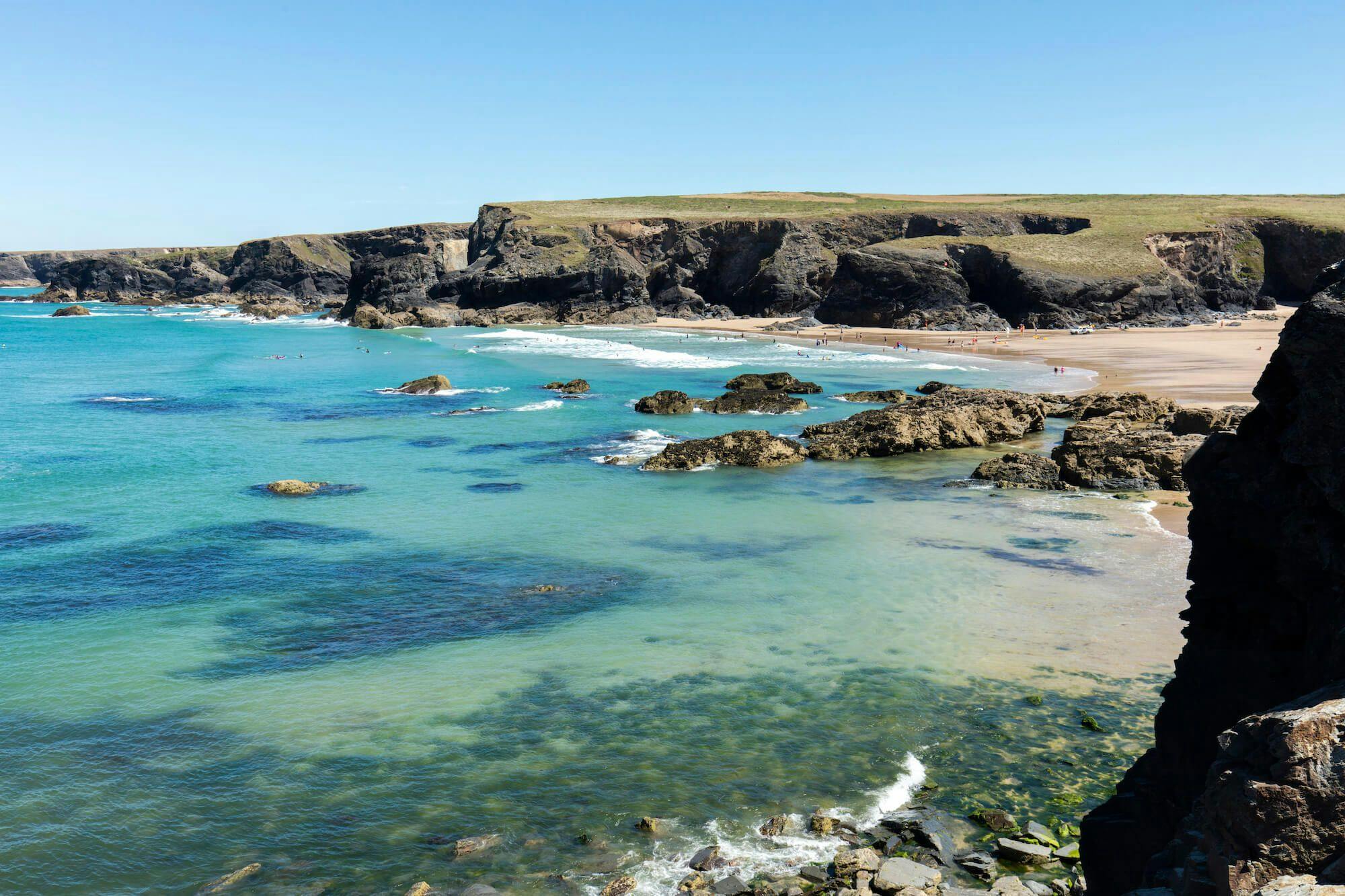
Your weekly dose of Cornish cheer!
When you can’t be in your favourite place all the time, catch up on the latest stories, upcoming events, holiday ideas, and offers with a newsletter straight to your inbox. Terms and Conditions / GDPR compliance: by providing personally identifiable information Visit Cornwall will use it to provide you with ongoing information about their products and services. No one from Visit Cornwall will rent, sell or lease this personally identifiable information to other companies or individuals.
Stay connected
Find us on socials and stay connected with the Cornwall you love.
We use cookies to personalise content and ads and to analyse our traffic. You consent to our cookies if you continue to use our website. (Privacy Policy)
